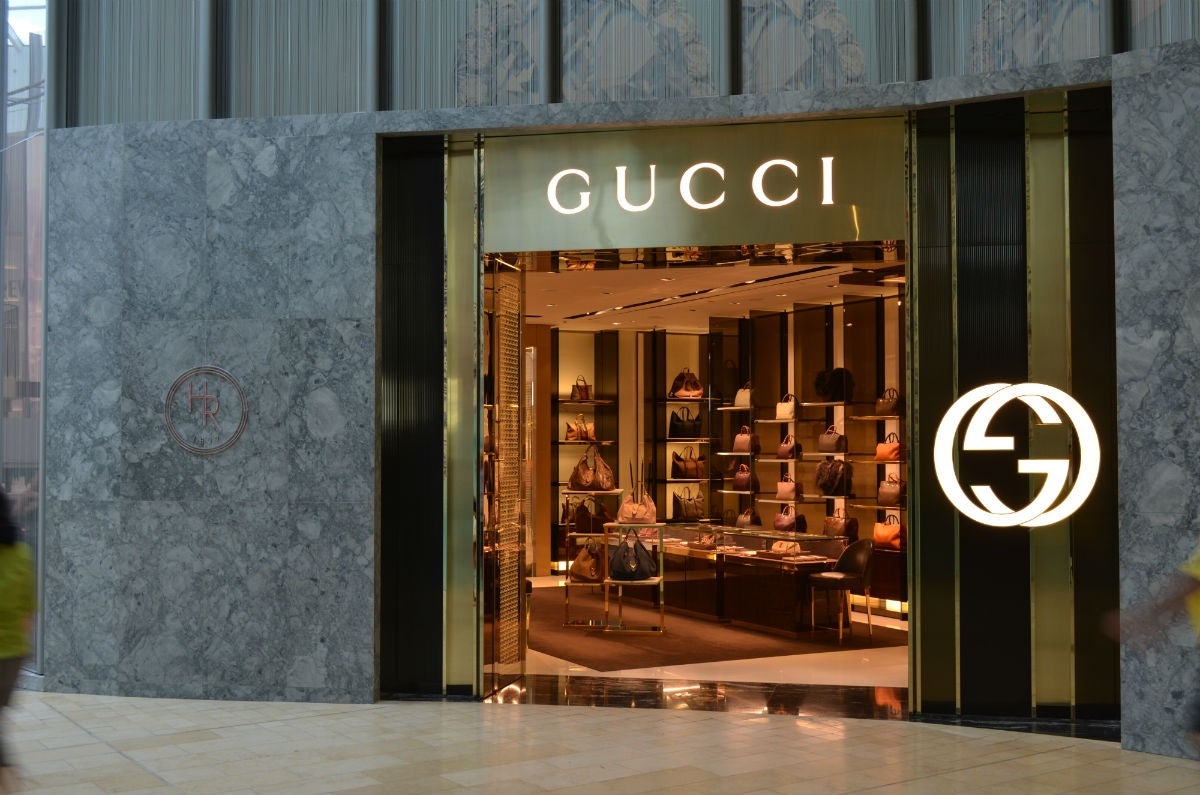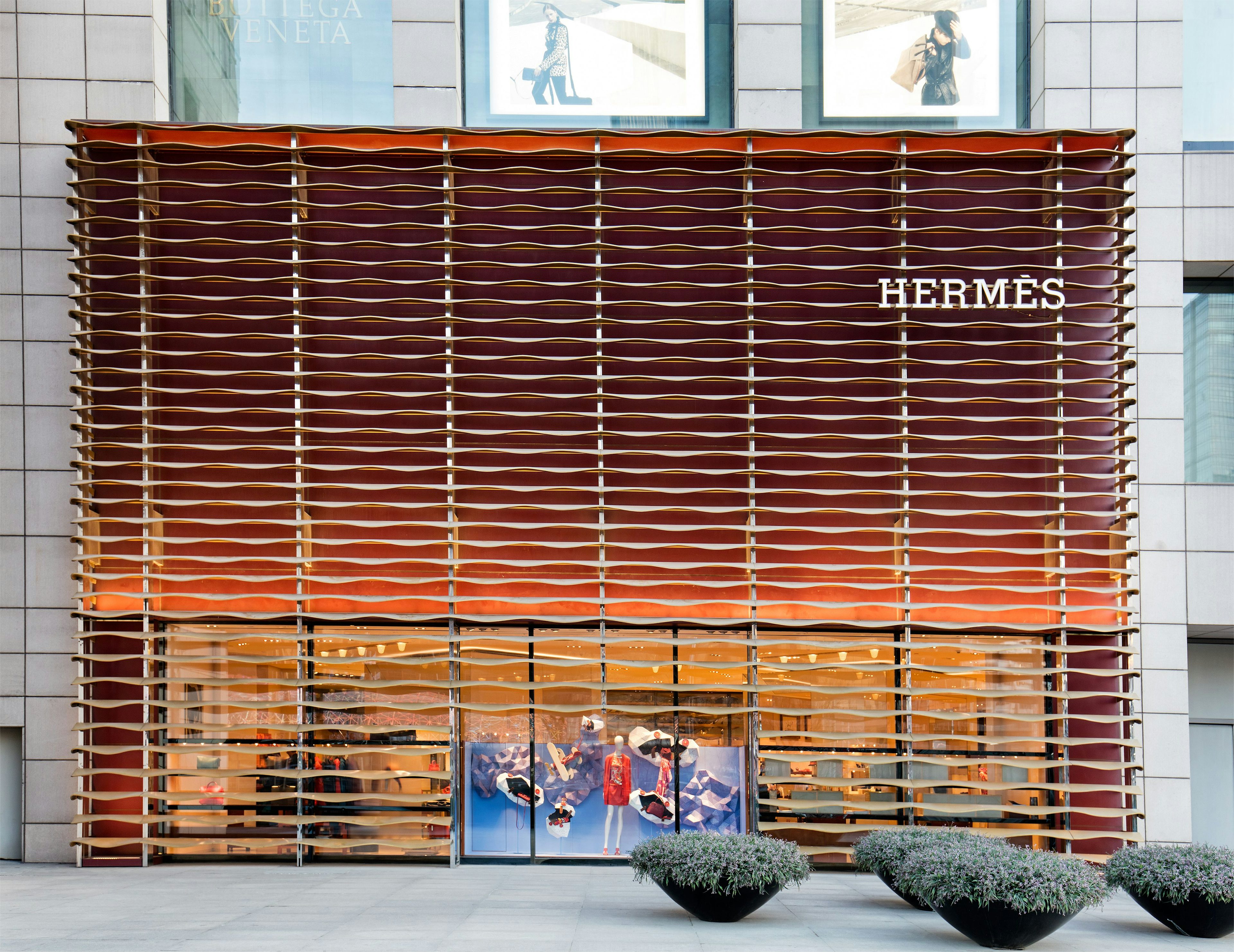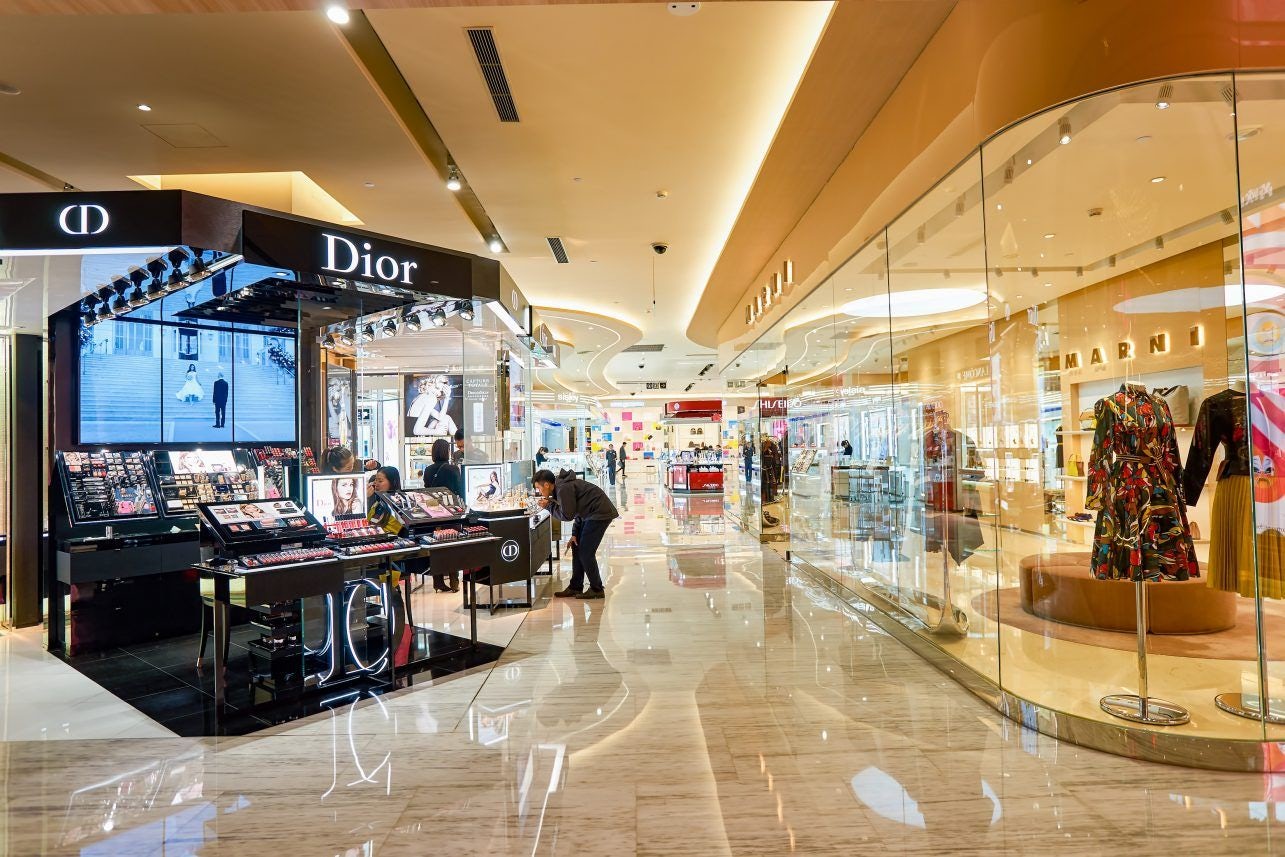Prospects for the global luxury market are looking up again thanks to an expected resurgence in Chinese tourists visiting Europe, as well as increased spending in China, according to a report released today by Bain & Company. Bain predicts that market growth for personal luxury goods, such as jewelry and handbags, will be between 2 and 4 percent, reaching a total of €254-259 billion in 2017.
Lead author of the report, Claudia D’Arpizio, said 2017 looks “promising” for the industry following a challenging year. “Factors such as the continuous repatriation of Chinese consumption as well as a positive outlook in Europe both for locals and tourists will help drive overall market growth during the remainder of the year,” she said.
Parts of Europe have been struggling to attract tourists, especially from China, after travel safety was called into question following acts of terrorism in France as well as several major incidents of theft, one of which led to the death of a Chinese student in Rome. While popular shopping destinations like France have remained coveted destinations for Chinese travel itineraries, a general trend of Chinese tourists going to places they deemed safer, such as Australia and parts of Southeast Asia, meant the luxury industry took a hit, especially in the first quarter of last year.
However, “safer” tourism means that countries like Spain have been attracting more wealthy Chinese spenders, while shopping destinations like the UK have brought in more Chinese travelers taking advantage of a weaker pound on the back of Brexit. Bain predicts that Europe's luxury industry alone will see a 7 to 9 percent growth this year.
The Chinese consumers that do decide to stay at home and spend, attracted by a closing price gap thanks to tougher restrictions on cross-border shopping, may help boost mainland China's luxury market by 6 to 8 percent, according to Bain. Meanwhile, China's neighbors are facing more difficulties as geopolitics hurts tourism from mainland China to places like Taiwan and South Korea. Despite the fact that Bain says Hong Kong and Singapore are “on the mend,” the entire Asia-Pacific region is expected to shrink by 2 to 4 percent.
Bain tells luxury brands that to keep the momentum going they will need to shift their focus to millennials, who will make up 45 percent of the personal luxury goods market in just eight years. This has been a particularly important issue for brands in China as millennials make up a growing proportion of the upper middle class and tend to have a greater disposable income to apply to high-end goods.


